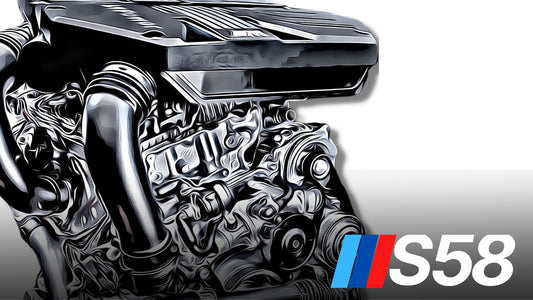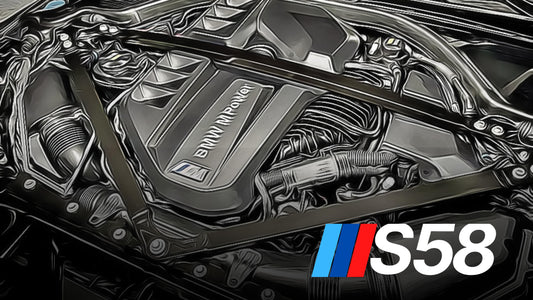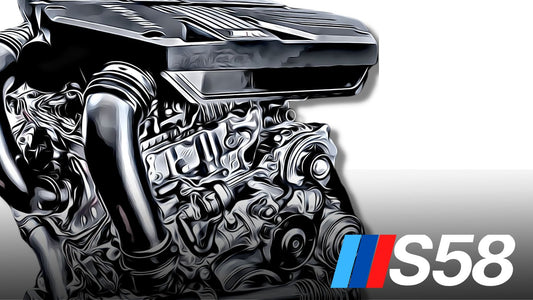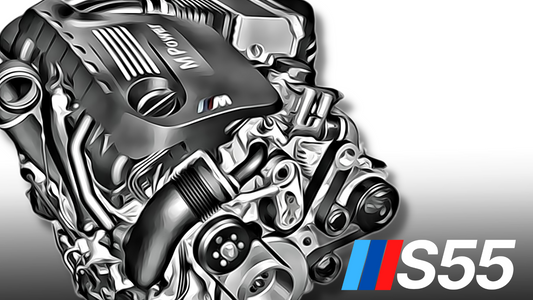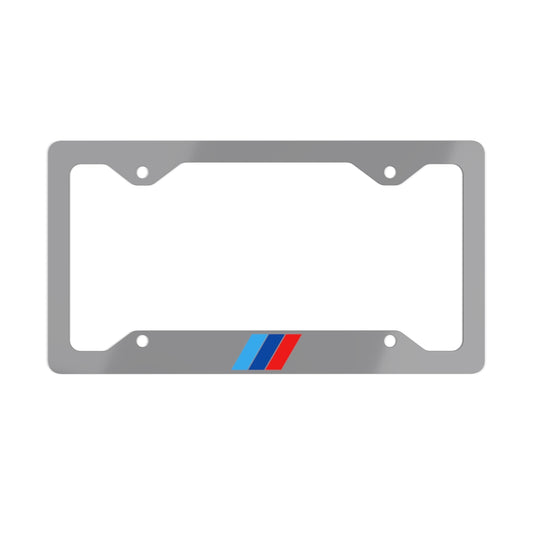From the smooth, linear power of the N52 to the exhilarating turbocharged thrust of the N54, BMW's transition marked a new chapter in performance engineering.
Introduction: The Tale of Two Engines
In the world of BMW, two engines have made a significant impact: the N52 and the N54. The former is known for its reliability and naturally aspirated prowess, and the latter is a symbol of BMW's shift to turbocharged performance. This post delves into the characteristics of these engines, highlighting their differences and the reasons behind BMW's move towards turbocharging.
The N52 Engine: A Testament to Naturally Aspirated Perfection
The BMW N52 engine, produced from 2004 to 2015, is celebrated for its engineering finesse. It featured a magnesium/aluminum composite block, Valvetronic, and Dual-VANOS technologies, offering a blend of efficiency, power, and smoothness. The N52 became a favorite among enthusiasts who cherished the traditional feel of a naturally aspirated engine due to its linear power delivery and reputation for reliability. Its versatility across various BMW models, from sporty roadsters to practical SUVs, underscored its all-rounder capabilities.
N54 Engine Overview: A Turbocharged Powerhouse
Enter the BMW N54, introduced in 2007, a game-changer in BMW's engine lineup. As the brand's first mass-produced turbocharged direct-injection gasoline engine, the N54 represented a bold step into a new era. Despite initial reliability concerns, it quickly became revered in the tuning community. The N54's twin turbochargers offered minimal lag and impressive power outputs, making it a robust platform for high-performance modifications.
Comparing the N52 and N54: A Shift in Philosophy
- Power Delivery: The N52 is known for its smooth, gradual power buildup, a hallmark of naturally aspirated engines. In contrast, the N54, with its twin turbochargers, provides a more immediate and exhilarating power surge.
- Technology: While the N52 relied on advanced naturally aspirated technologies like Valvetronic and Dual-VANOS, the N54 embraced turbocharging and direct injection, marking a significant technological shift.
- Performance Tuning: The N54's turbocharged design opened new realms in performance tuning, easily outstripping the N52 in terms of raw power potential.
Why BMW Embraced Turbocharging with the N54
Several factors influenced the switch to turbocharging:
- Efficiency and Emissions: Turbocharged engines can offer better fuel efficiency and lower emissions, important factors in the face of stringent environmental regulations.
- Performance Gains: Turbocharging allows for significant performance improvements without a proportional increase in engine size or fuel consumption.
- Market Trends: The automotive industry was rapidly embracing turbocharged technology, and BMW's move ensured they remained competitive and innovative.
| Specification | N52 Details | N54 Details |
|---|---|---|
| Configuration | Inline-6 | Inline-6 |
| Displacement | 2,497cc (2.5L) – 2,996cc (3.0L) | 3.0L (2,979cc) |
| Aspiration | Naturally Aspirated | Twin Turbocharged |
| Fuel System | Port Injection | Direct Injection |
| Engine Block | Magnesium/Aluminum, Open Deck | Aluminum, Open Deck |
| Cylinder Head | Aluminum | Aluminum |
| Valvetrain | DOHC, Valvetronic, Dual VANOS | DOHC, Double VANOS |
| Bore x Stroke | (2.5L) 82mm x 78mm (3.0L) 85mm x 88mm | 84mm x 89.6mm (3.3 in x 3.5 in) |
| Compression Ratio | 10.7:1 | 10.2:1 |
| Horsepower | 174-268 HP | 300-335 hp @ 5,800rpm |
| Torque (lb-ft) | 170lb-ft – 232 lb-ft | 300-332 lb-ft @ 1,400-5,000rpm |
| Redline | 7,000 RPM |
7,000rpm |
A Bold Step Forward
The N54 stands out as BMW's first mass-production twin-turbo, direct injection gasoline engine. This pioneering move, however, was not without its challenges. Early N54 engines encountered issues with components like the High-Pressure Fuel Pump (HPFP), turbocharger wastegates, and fuel injectors. While these problems were largely resolved within the engine's first six years, the N54's journey was indicative of the growing pains associated with the adoption of new technologies.
Tuning and Performance:
The N54's Legacy in the Tuning World Despite its initial hiccups, the N54 engine quickly garnered a significant following in the tuning community. Its small twin turbos minimize lag, allowing for over 450 whp with basic bolt-on modifications. More impressively, with turbo upgrades, the N54 can reliably handle over 600 whp. This capability is a testament to the engine's robust internal design and its potential for modification, making it a favorite among tuning enthusiasts.
The N54's Role in Shaping BMW's Turbocharged Future
The N54's impact extends beyond its raw performance figures. It served as a trailblazer for BMW's subsequent line of turbocharged, direct injection engines, such as the N55, B58, S55, and S58. The N54's experimental nature allowed BMW to refine its approach to turbocharged engine design, leading to the more reliable and powerful engines that define BMW's current offerings.
Learning from the N54: A Step Towards Perfection
BMW's experience with the N54 was instrumental in shaping its future engine designs. The N55, for instance, dialed back slightly on performance to focus on enhanced reliability. This evolution continued with engines like the B58 and S58, which offer a remarkable combination of performance and dependability. The N54's role in this progression cannot be overstated; it was the engine that propelled BMW into the modern turbocharged era.
Conclusion: The N54's Enduring Influence
In summary, the BMW N54 engine represents a pivotal moment in automotive engineering. It laid the groundwork for a new generation of turbocharged engines, balancing performance with the lessons learned from its own shortcomings. As BMW continues to innovate and push the boundaries of engine technology, the legacy of the N54 serves as a foundation for these advancements, reminding us of the power of innovation and the importance of evolution in the quest for automotive excellence.



